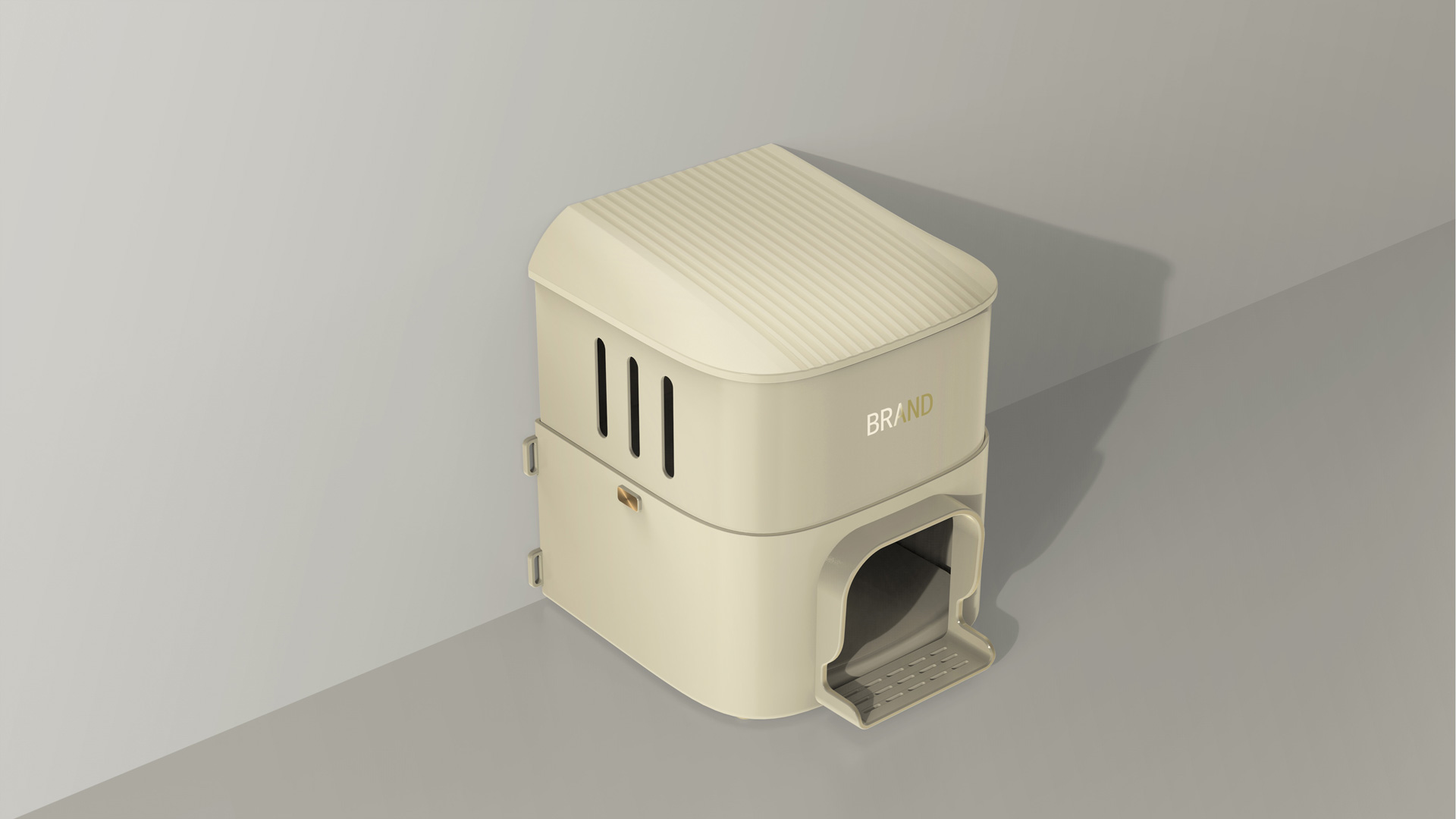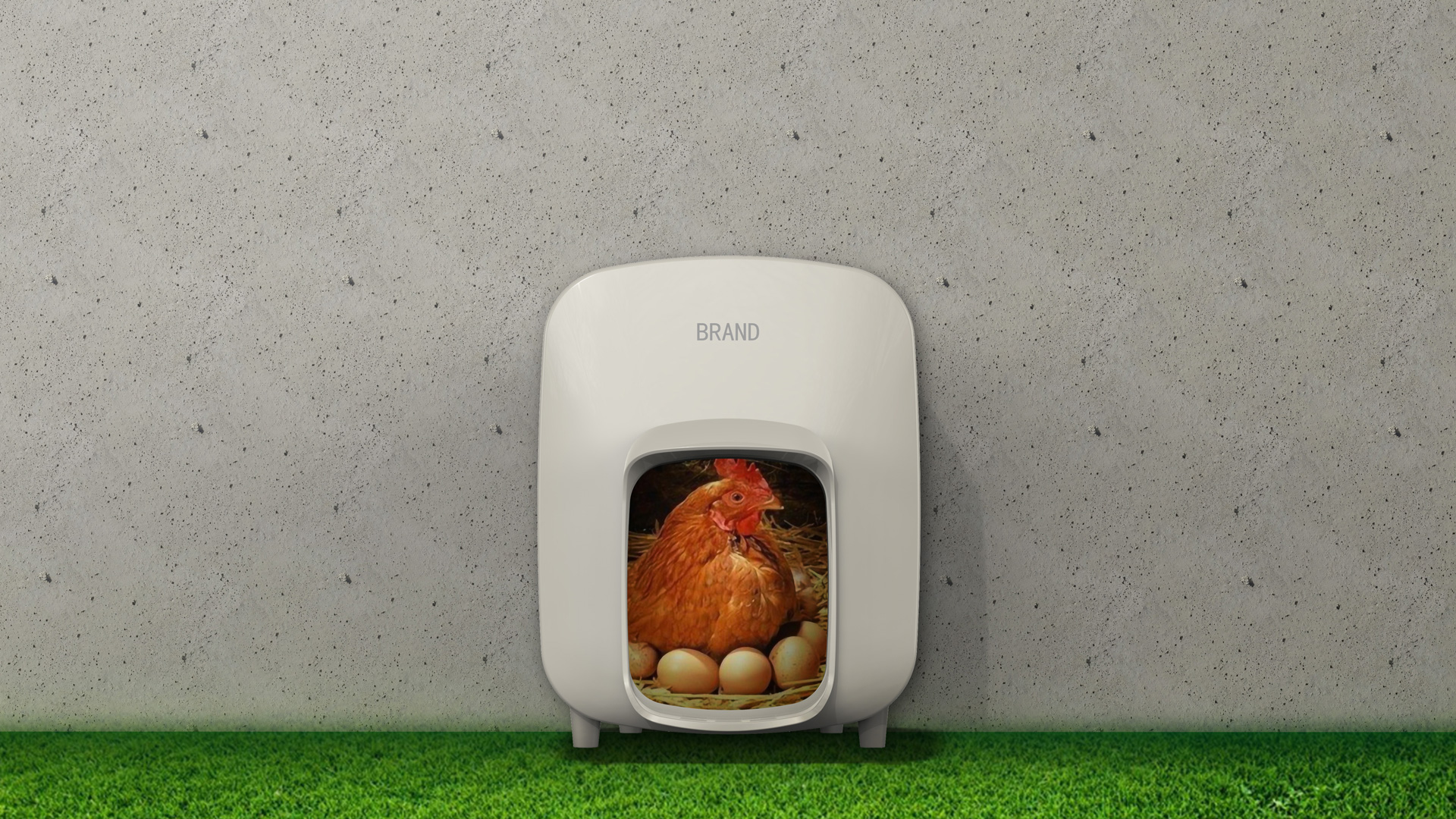
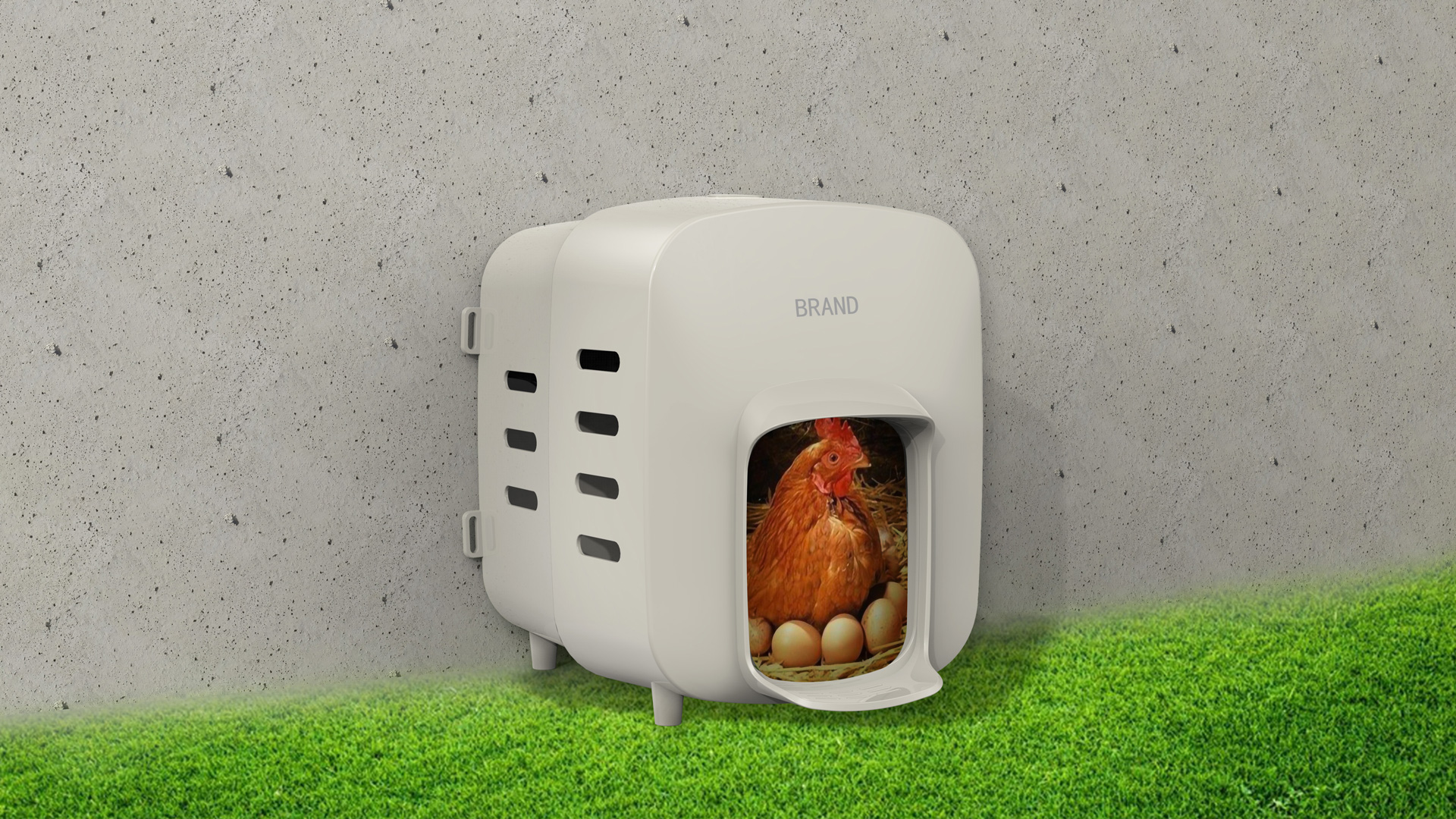
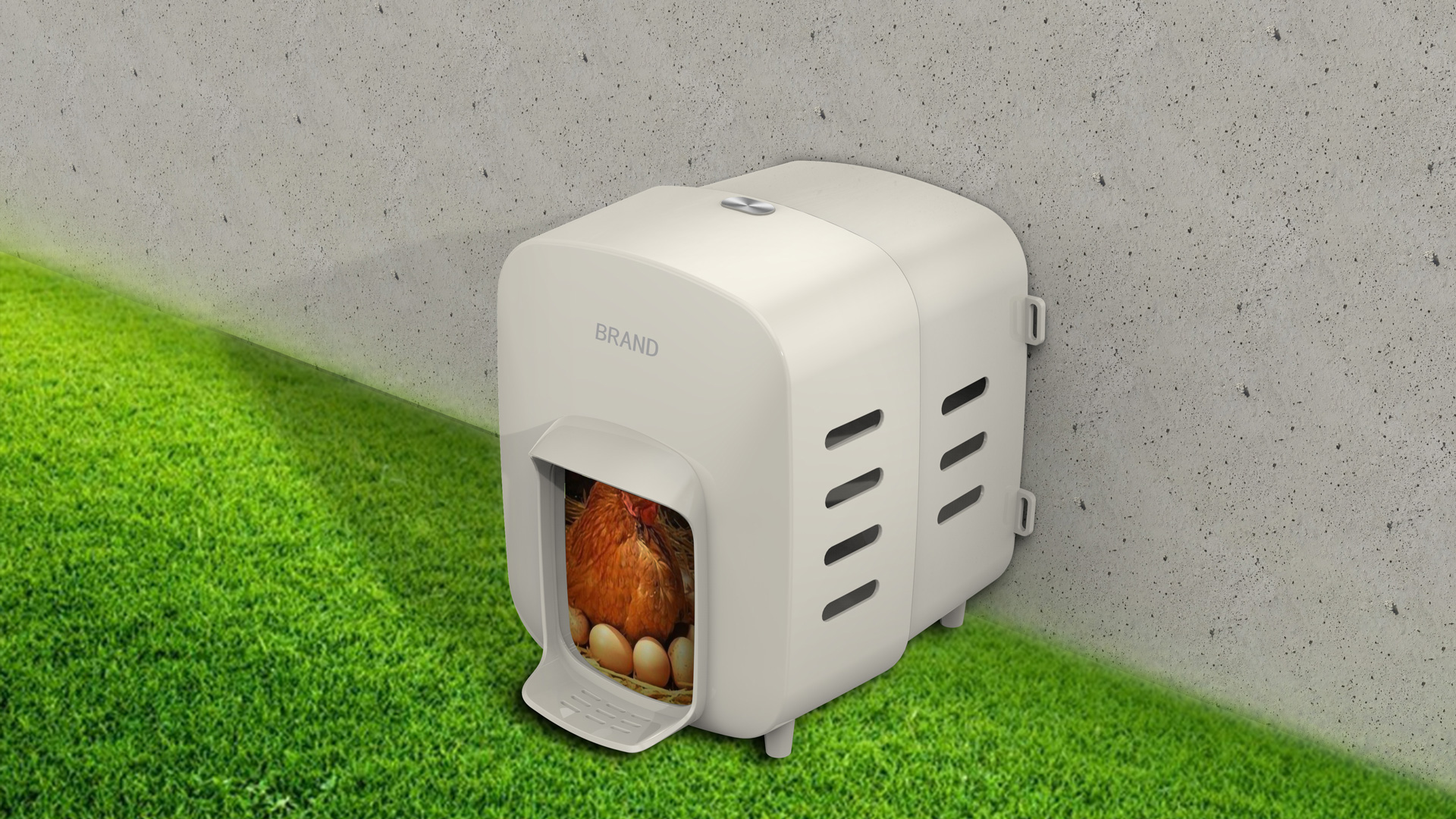
The overall shape concept of the chicken cage mainly includes the following aspects:
Practicality first: The design is centered on maximizing feeding efficiency to ensure that the breeder can easily perform daily management work such as feeding, cleaning, and disease inspection. The cage door, feeding port and excrement system are designed to be spacious and easy to operate, reducing the workload of the breeder.
Beauty and harmony: The overall shape is simple and generous, with smooth lines, which is in harmony with the breeding environment. The color selection is mainly natural and warm to create a comfortable breeding atmosphere. You can consider planting green plants or setting up sunshade facilities around the chicken coop to increase the ecological beauty of the breeding environment.
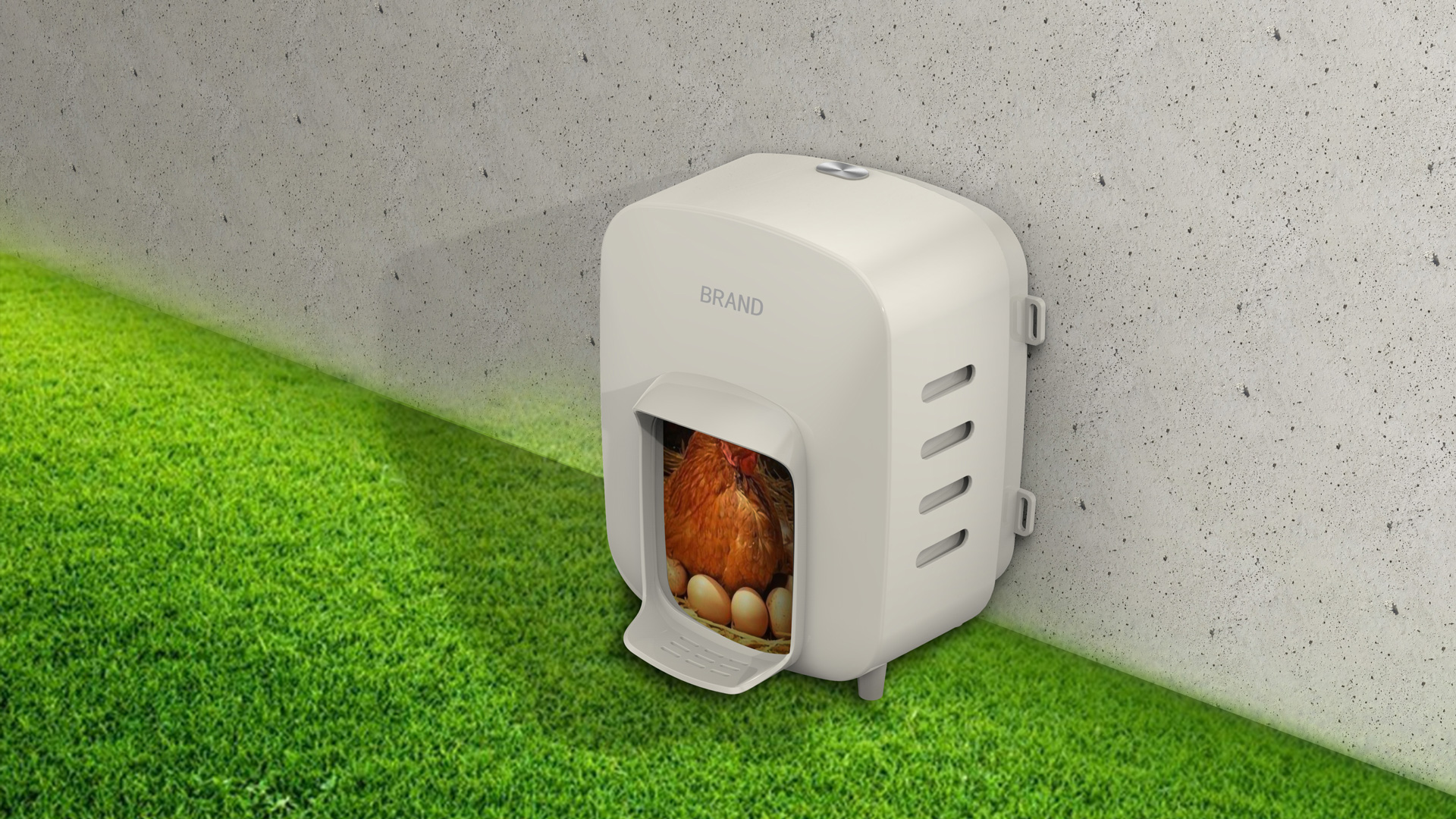
-
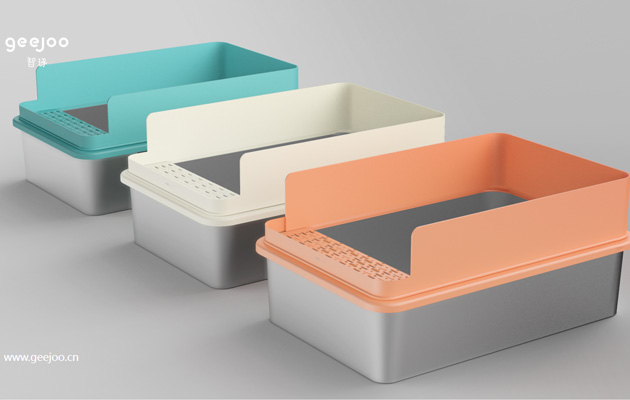 Cat litter tray 1Intelligent | Accurately perceive objects | Line flow | High practicality | Convenient and fastCat litter tray
Cat litter tray 1Intelligent | Accurately perceive objects | Line flow | High practicality | Convenient and fastCat litter tray -
 Pet water trayIntelligent | Accurately perceive objects | Line flow | High practicality | Convenient and fastPet water tray
Pet water trayIntelligent | Accurately perceive objects | Line flow | High practicality | Convenient and fastPet water tray -
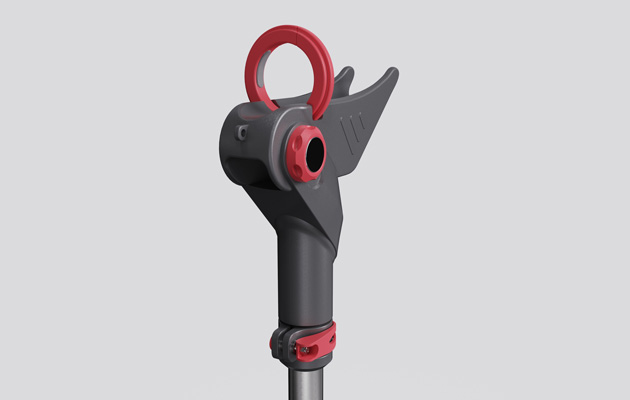 Fishing rod holderIntelligent | Accurately perceive objects | Line flow | High practicality | Convenient and fastFishing rod holder
Fishing rod holderIntelligent | Accurately perceive objects | Line flow | High practicality | Convenient and fastFishing rod holder -
 Pet FeederIntelligent | Accurately perceive objects | Line flow | High practicality | Convenient and fastPet Feeder
Pet FeederIntelligent | Accurately perceive objects | Line flow | High practicality | Convenient and fastPet Feeder


